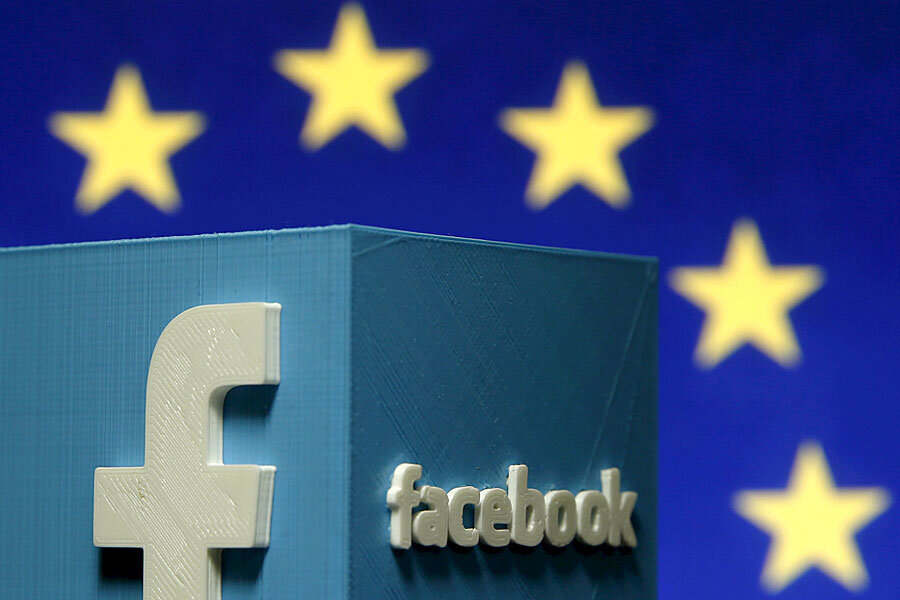No thumbs down: What is the new Facebook 'dislike' feature?
Loading...
A “like” will never be the same again.
Debunking the myth of an imminent “dislike” feature on Facebook, the social media site revealed Thursday a new feature called “Reactions,” a set of six emojis to accompany the original thumbs up.
With this new set of icons, the next time you see a friend’s mobile upload of a selfie with Joe Biden or Rihanna, you’ll be able to to respond with a “Wow” smiley face or even an angry one. The rest of the Reactions emojis include a heart for love, “Haha,” “Yay,” and “Sad.”
Facebook's estimated 1.5 billion active (logged in at least once during the past 30 days) users have longed for better forms of expression when communicating with friends and family and the world beyond.
“I do think that it’s important to give people more options than just ‘like’ as a quick way to emote and share what they’re feeling on a post, so we’ve been working on this for a while,” Facebook CEO Mark Zuckerberg said in a webcast last month. “It’s surprisingly complicated to make an interaction that you want to be that simple.”
Last month, there were rumors of the long-awaited “dislike” component when the company revealed it was making changes to its iconic "like" button.
But Zuckerberg has always been mindful of the climate of toxicity such a negative option could foster, and the launch of Reactions proves that he still is. While the possibility of abusing the new functions persists, the six emojis will allow for a much wider range of communicating empathy.
Users in Ireland and Spain will be the first two markets to try out the Reactions starting Oct. 9 before it’s tweaked, revamped, and rolled out for everyone.
TechCrunch reports that these two countries were chosen because of their relatively small, non-international networks that would work effectively as closed test groups. Ireland has mostly an English-speaking user base and Spain will be useful in testing out Reactions among non-English speakers.
To use the function, you simply have to hover over the “like” icon and the new emojis will pop up alongside it. In the mobile version, the “like” must be touched before the other reactions show up.
Will this new feature satisfy user desire for more nuanced expression? Perhaps. Will the simple elegance and directness of the famous blue thumbs-up be missed? Certainly, by some. But it may be important to remember the limits of virtual communication.
Time will tell whether the expansion of “like” will catalyze a greater emotional connection or better communication among Facebook users.








